“When we started out, we were perhaps something of a little brother to Documenta, the art event that takes place every five years in Kassel, Germany,” says Hedwig Fijen, director of Manifesta, the Netherlands-headquartered nomadic art biennial. “But in the years since, we’ve developed our own distinct interdisciplinary approach that includes architecture and urbanism and asks the question: ‘What does the city need to become?’”
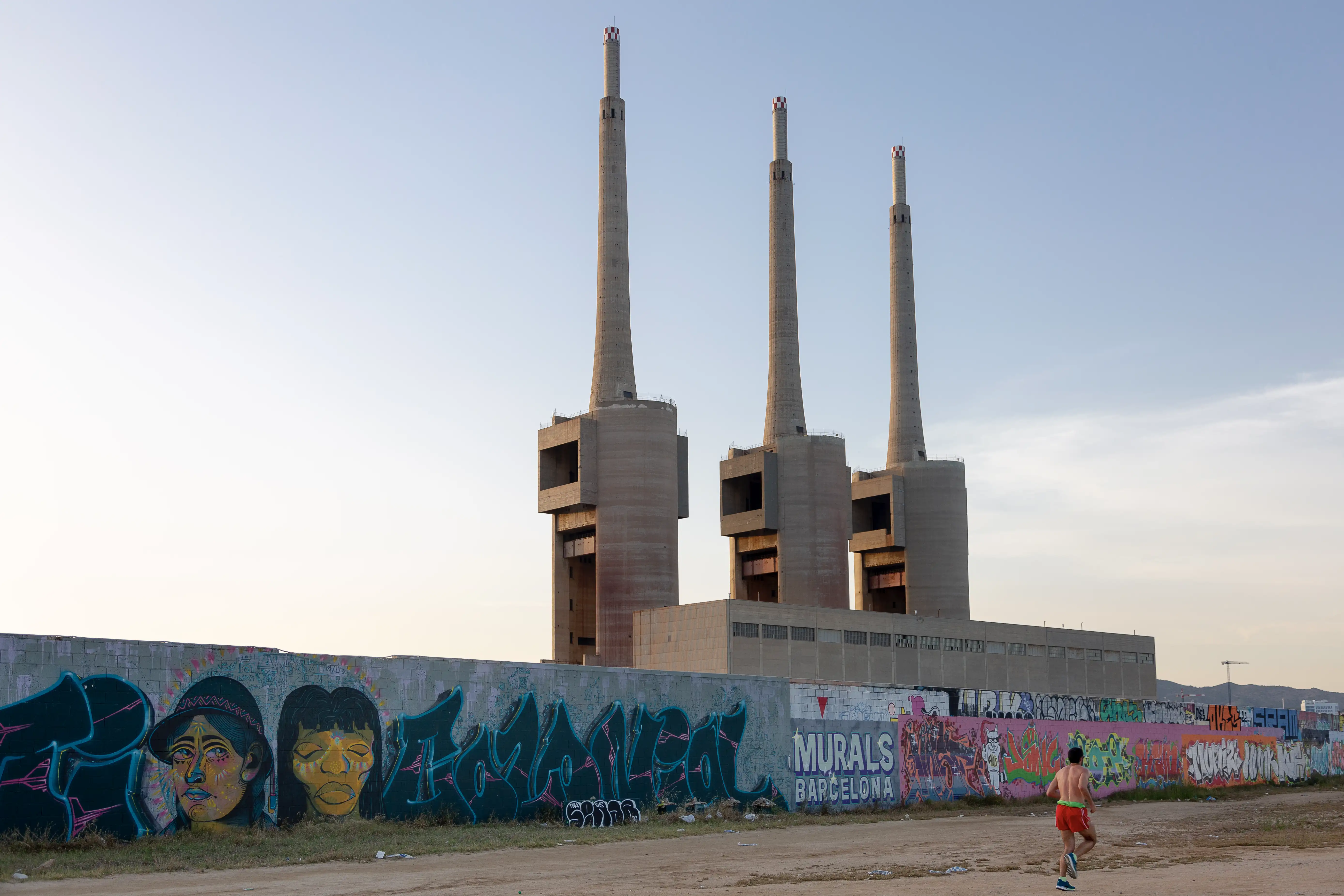
Tres Xemeneies, a 1970s-era thermal power station in coastal Sant Adrià de Besòs. Decomissioned in 2011, the “Three Chimneys” will serve as a main venue for Manifesta 15. Photo © Eva Carasol/Mainfesta 15 Barcelona
Since launching its first edition in Rotterdam, 30 years ago, the pan-European event has traveled to cities all over the continent, including St Petersburg in 2014, Palermo in 2018, Marseille in 2020, and Pristina, capital of Kosovo, in 2022. “As early as Manifesta 5, in San Sebastián, we asked an architect, Alejandro Zaera Polo, to help us with the planning,” continues Fijen, who later called on figures such as Ippolito Pestellini Laparelli (then a partner at OMA) and Andrés Jaque to help out in Palermo, and Carlo Ratti to examine the issues facing Pristina. For its 15th outing, Manifesta is preparing to set up shop in Barcelona—Spain’s principal port and the capital of Catalonia—with help from the architects and urbanists Sergio Pardo (based in New York) and Josep Bohigas, a born and bred Barcelonan who is also the son of the architect Oriol Bohigas (1925–2021), a key player in the city’s transformation for the 1992 Olympics.
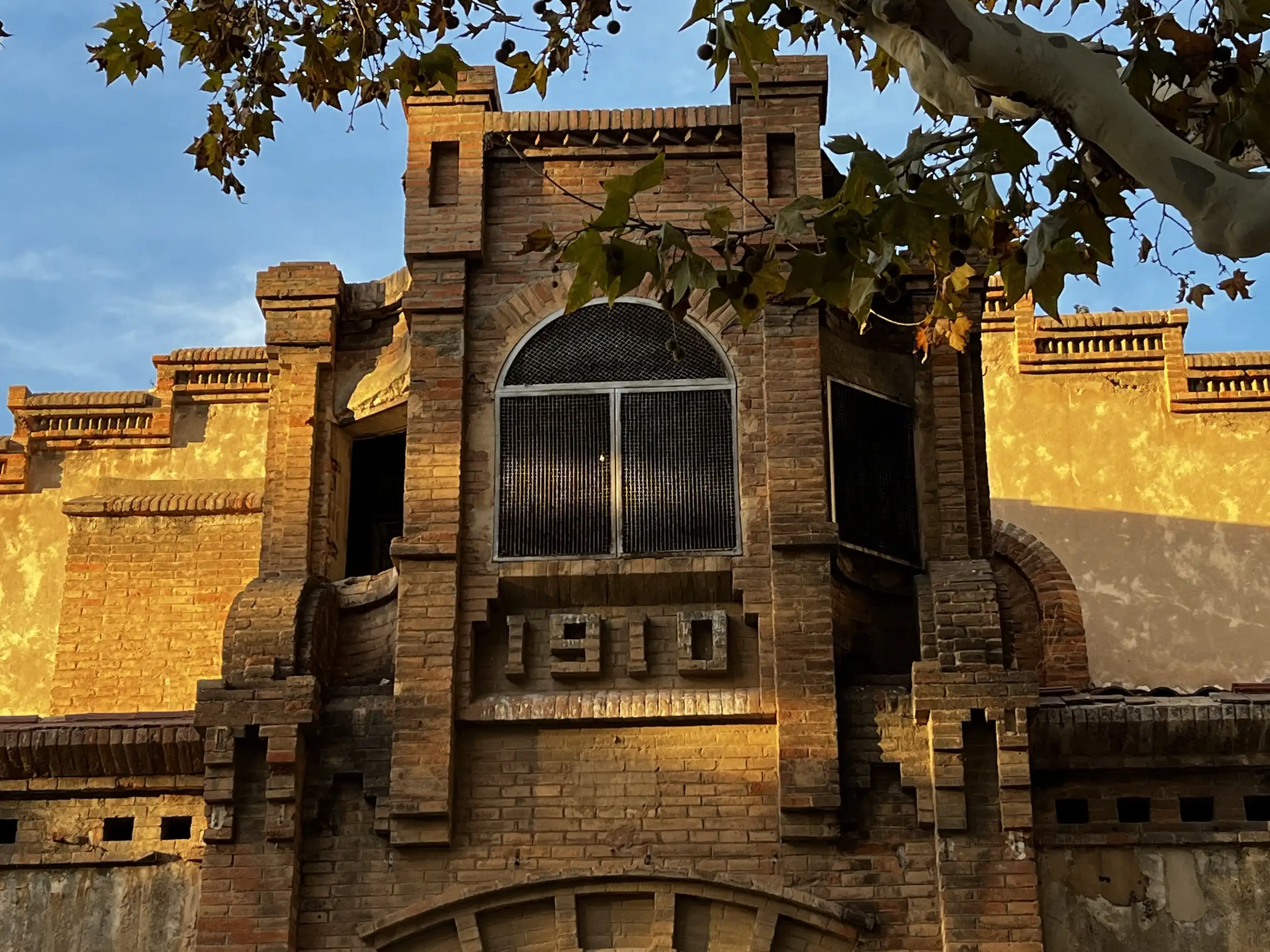
1
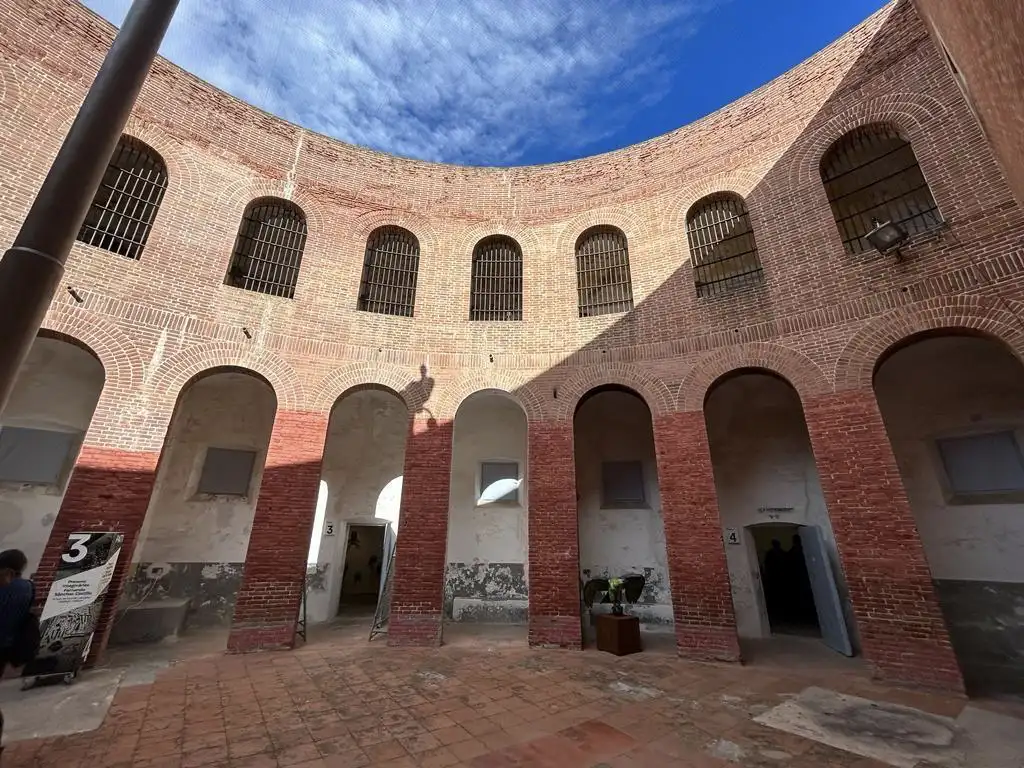
2
Can Trinxet, a former textile factory in L'Hospitalet de Llobregat; (1); M.A.C. Mataró Art Contemporani, a 19th-century prison-turned-contemporary art center in Mataró (2). Photos © Manifesta 15 Barcelona
“Barcelona has always sought excuses to talk about urban issues,” says the younger Bohigas, who served as director of the city’s strategic planning body from 2016 to 2023. “The 1888 universal exhibition was a great excuse to push forward with the Eixample, Ildefons Cerdà’s expansion, which was underway at the time. The 1929 exhibition [at which Mies van der Rohe built his legendary Barcelona Pavilion] was the perfect opportunity to develop the hillsides of Montjuic. The 1992 Olympics once again transformed the city. Three decades later, Manifesta, as well as being about art, is a new excuse to talk about urban issues.”
As Fijen is at pains to explain, Manifesta does not colonize Europe’s cities by decree from Amsterdam, but is invited by them in a competitive process she likens to bidding for the Olympics. Once a candidacy is accepted, five years ahead of time, Manifesta recruits a local team on the ground. “Cities like to get us in to experiment, because if the experiment is successful, they claim the credit, and if it’s not, well it’s our failure,” she continues. “In her 2018 bid, Barcelona’s then-mayor, Ada Colau, said she wanted to look into how culture can be decentralized. Most of the museums are in the city center and essentially cater to the 23 million annual tourists. What could be done to create a cultural eco-system outside these boundaries?” With that question in mind, the Manifesta team began to look at the urban, environmental, and political issues facing the entire metropolitan area.
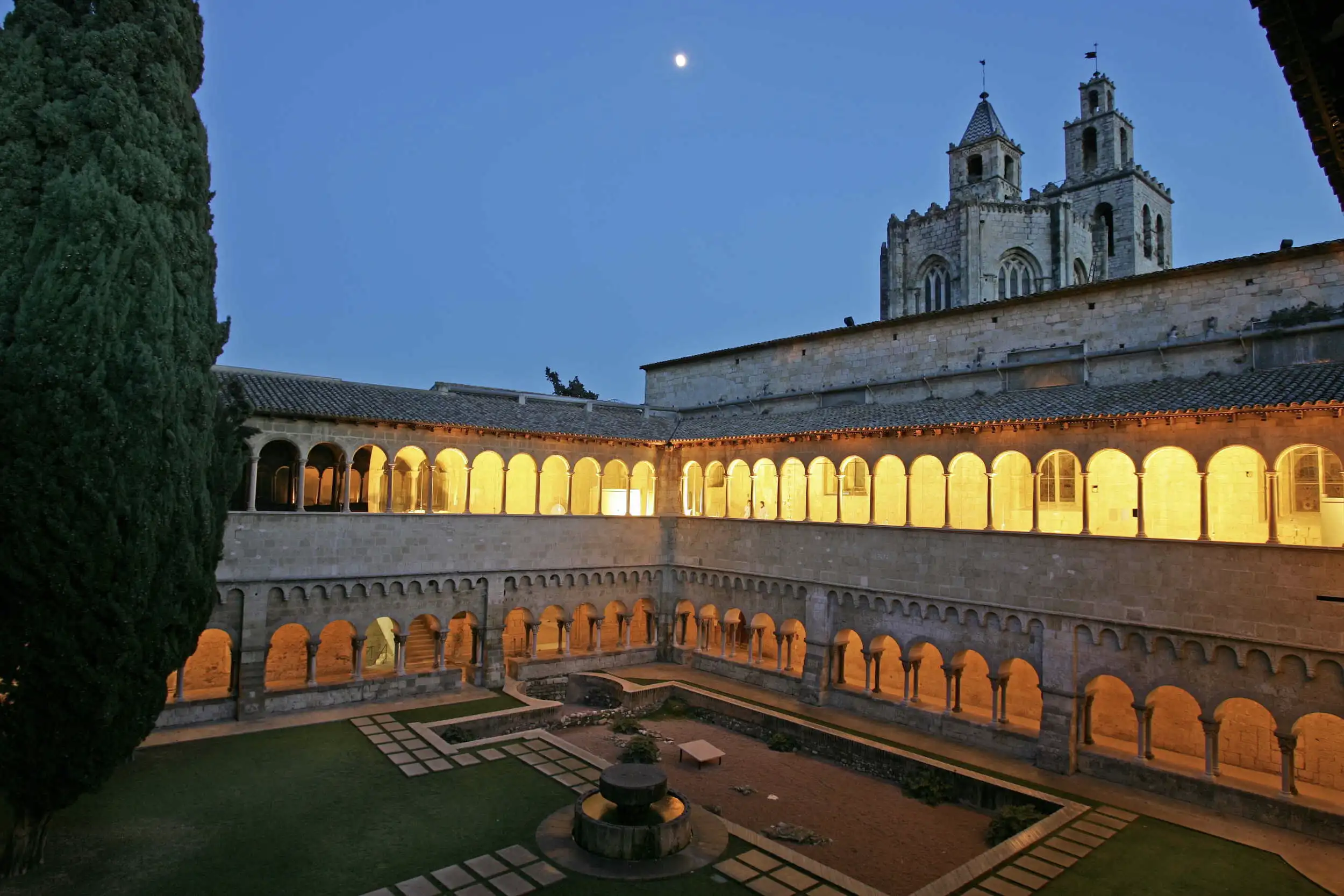
The Monastery of Sant Cugat a 14th-century Benedictine Abbey in Sant Cugat del Vallès. Photo © Mané Espinosa, Ajuntament de Sant Cugat/Manifesta 15 Barcelona
One of the first people they contacted was Bohigas. “At Barcelona Regional, we had developed four big strategies that Manifesta has taken on board,” he explains. “How do we relate to the peripheral municipalities that ring the city? How do we relate to the mountains that limit the metropolitan area to the west? How do we relate to the two rivers—the Llobregat and the Besòs—that form natural boundaries to the north and south? And how, finally, do we relate to the sea?” This is why, unlike, for example, Marseille, where Manifesta’s events were concentrated in the city center, the Barcelona edition involves 12 municipalities, from Mataró 20 miles northeast up the coast to El Prat de Llobregat just below to the southwest, as well as Terrassa, located 16 miles inland in the foothills of the mountains.
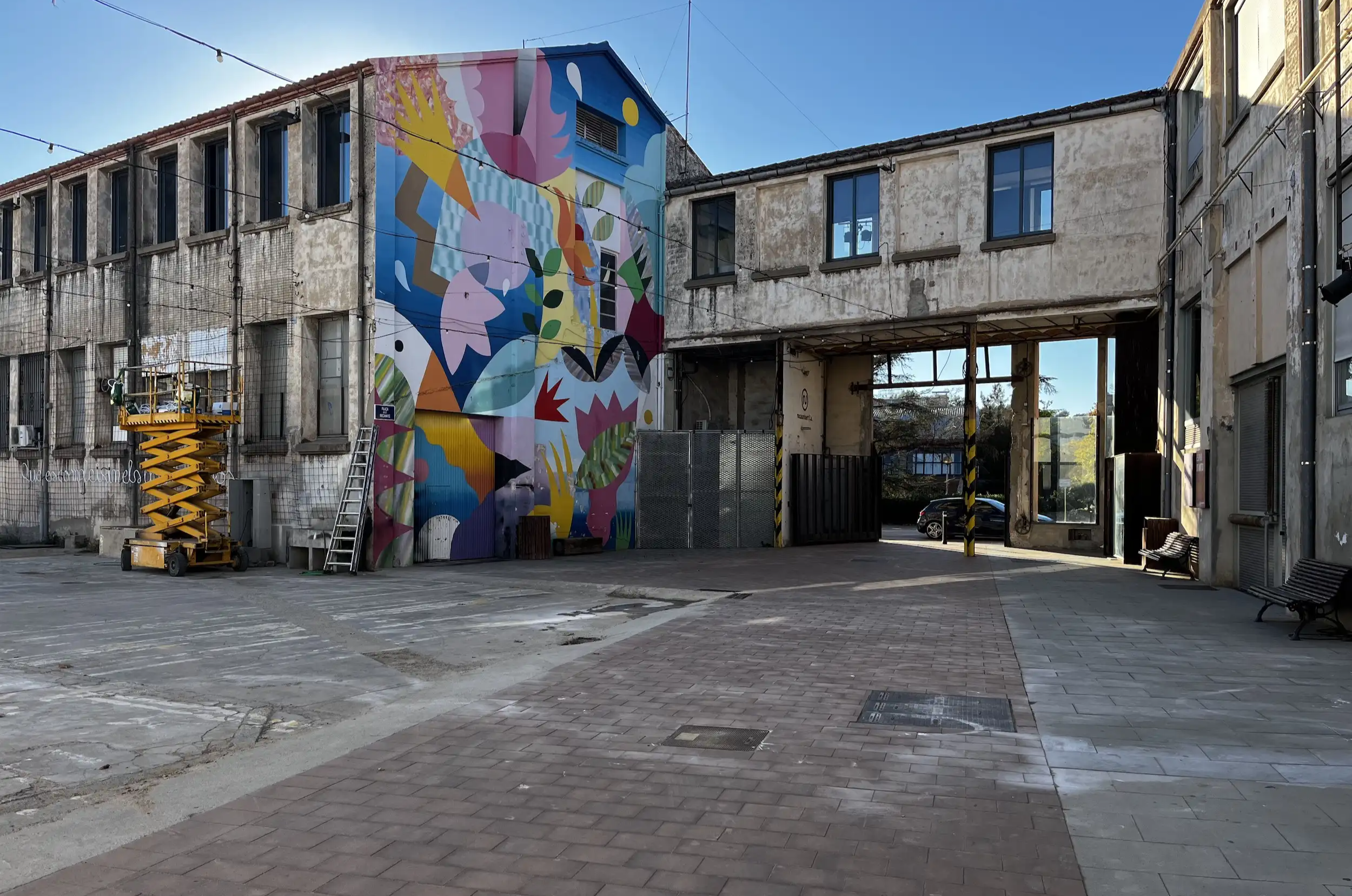
3
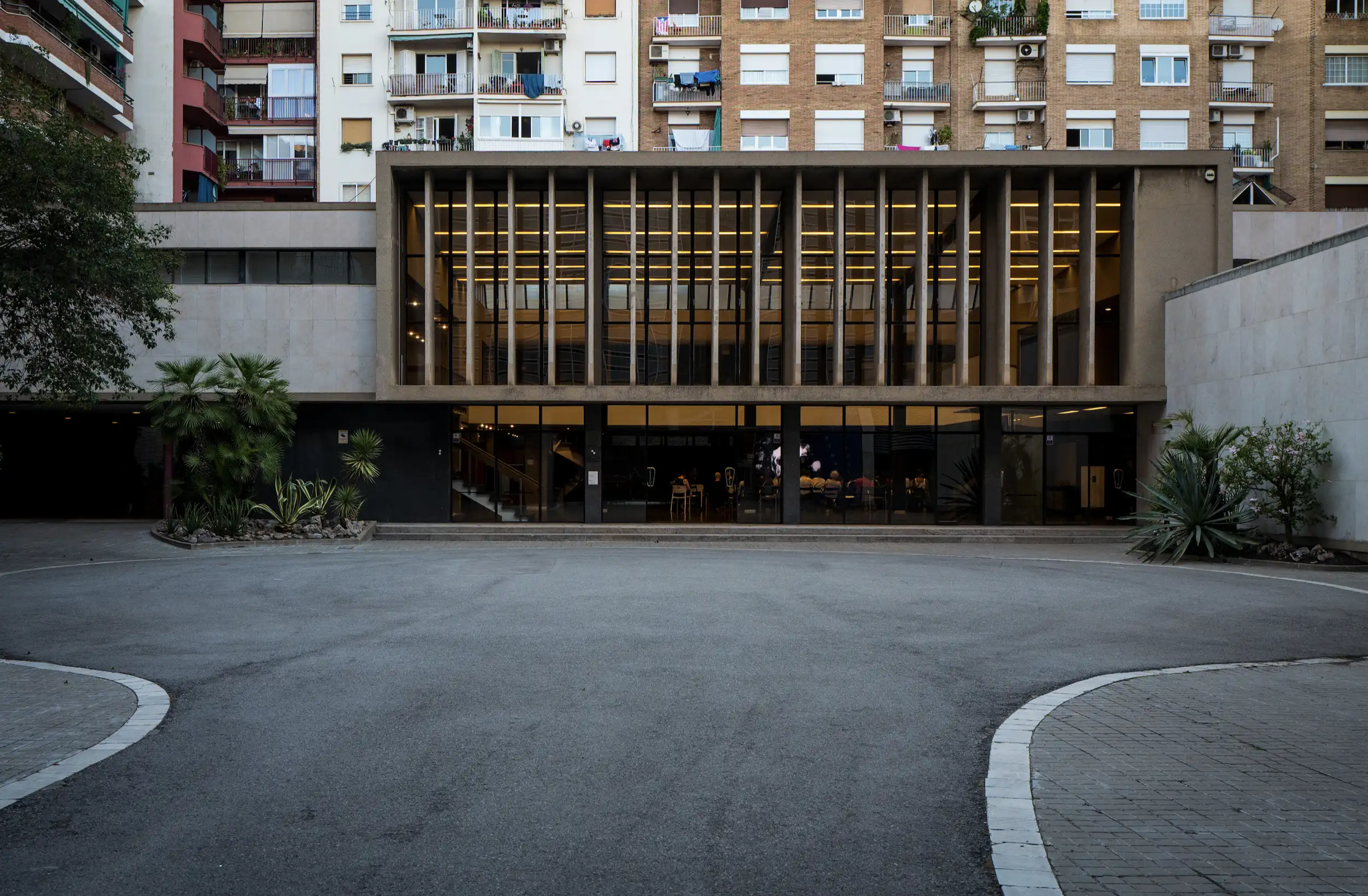
4
Roca Umbert. Fàbrica de les Arts, a 1904 textile factory in Granollers converted into an arts and culture center (3); Gustavo Gili Publishing House in Barcelona will serve as the core hub for Manifesta 15 (4). Photos © Manifesta 15 Barcelona (3), Inti Gajardo/Manifesta 15 Barcelona (4)
Among the issues about which Manifesta 15 seeks to raise awareness is the highly contested plan to expand the airport at El Prat, a project that would cause irreversible damage to the river delta—whose importance to the region in terms of agriculture and water supply cannot be understated—as well as endangering a fine Modernist villa, Antonio Bonet’s Casa Gomis, which is one of the biennial’s locations. Another question the event will examine is what impact the cleanup of the Besòs and the creation of a park along its banks will have for the low-income immigrant populations that currently live there. And a third is the future of the coastline delimiting the entire region, which will be a major focus of climate change (and also increased tourism if the airport is expanded), but is currently impossible to traverse from end to end because of various obstacles, among them the port—sandwiched between Montjuic and El Prat—which is also looking to expand.
.webp)
5
.webp)
6
In February, international press visited Manifesta 15 venues including Three Chimneys in Sant Adrià de Besòs (5) and the See of Ègara in Terrassa (6). Photos © Helana Roig/Manifesta 15 Barcelona Metropolitana
For this coastal part of the program, Manifesta is planning two of its most spectacular interventions: a series of events in and alongside the enormous, decommissioned Three Chimneys power station, a splendid industrial relic that Bohigas feels could become a symbol of culture for the entire Barcelona region in contrast to the international tourist spires of the Sagrada Familia; and, if the team can get all the stakeholders to agree, the weekend closing of part of the city’s orbital freeway—a major infrastructural investment completed for the 1992 Olympics—so that cyclists and pedestrians can travel along the coast from the city center to El Prat.
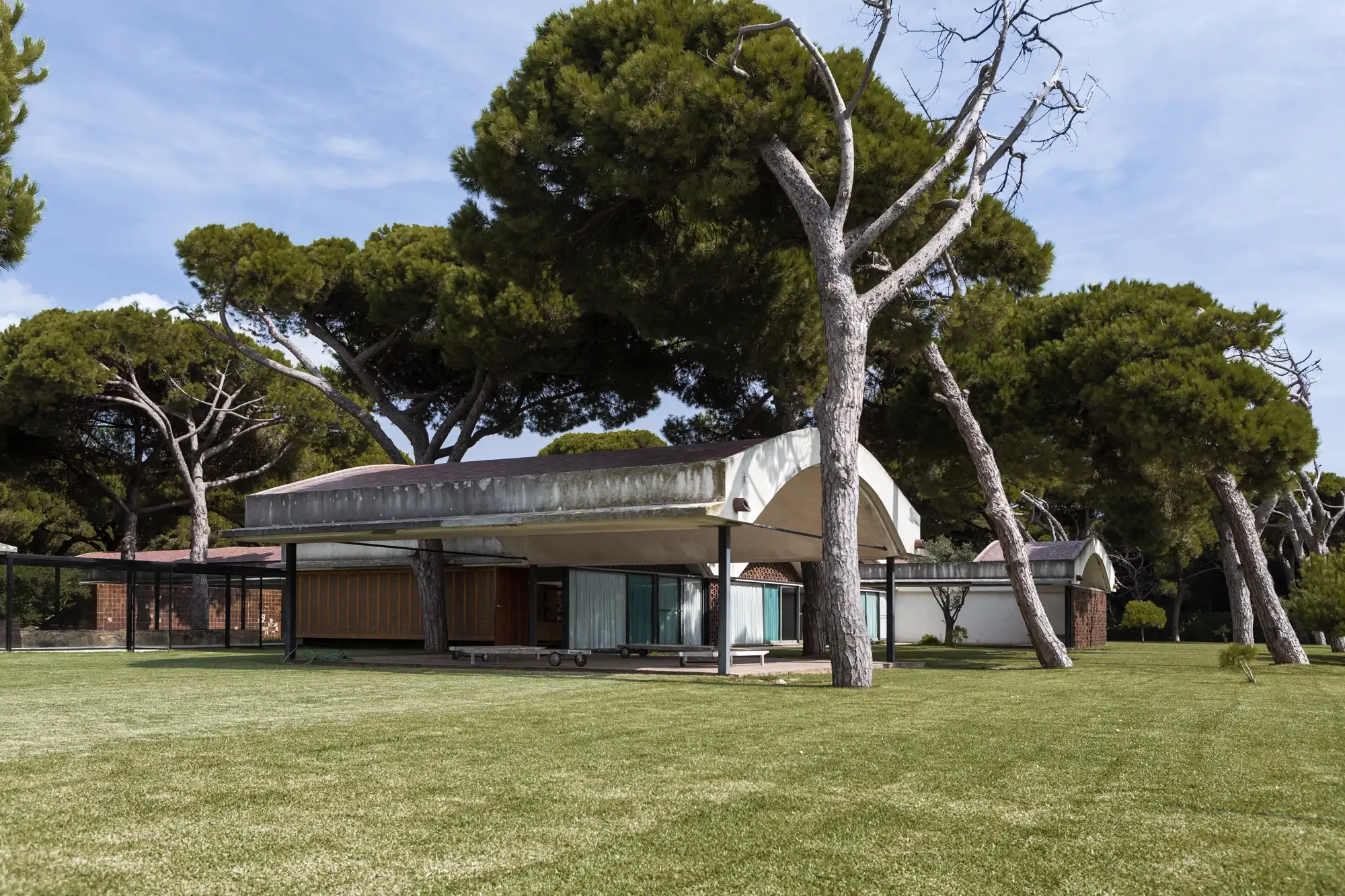
The Antonio Bonet–designed Casa Gomis in El Prat de Llobregat. Photo © Nomad Studio/Manifesta 15 Barcelona
“All the problems facing the metropolitan area—from the terrible traffic congestion and pollution to the acute, three-year-long drought—cannot be solved within the city limits of Barcelona. We have to look to the wider metropolitan area,” concludes Bohigas. That far-reaching view, he says, is a political provocation, since neither the Spanish nor the Catalonian governments want Barcelona to become too powerful. “It’s great that Manifesta is provoking this discussion,” he continues. “Artists have a capacity to start a conversation through action—because Manifesta is not just about showing, it’s also about acting. Their interventions could really make that discussion visible.”
The list of artist participants will be announced in April, and their contributions finally revealed when Manifesta opens on September 8.



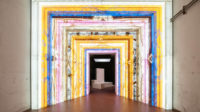
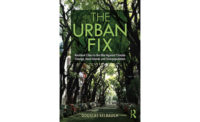

Post a comment to this article
Report Abusive Comment